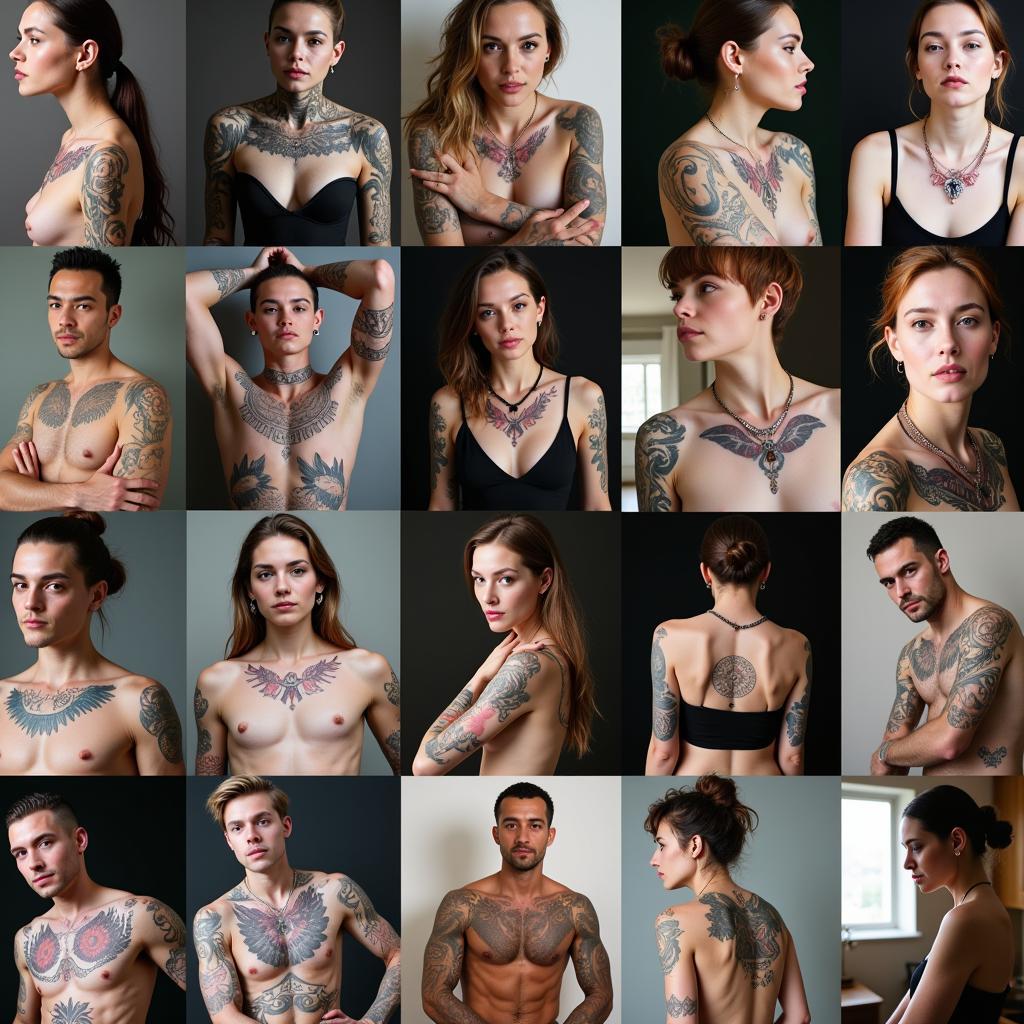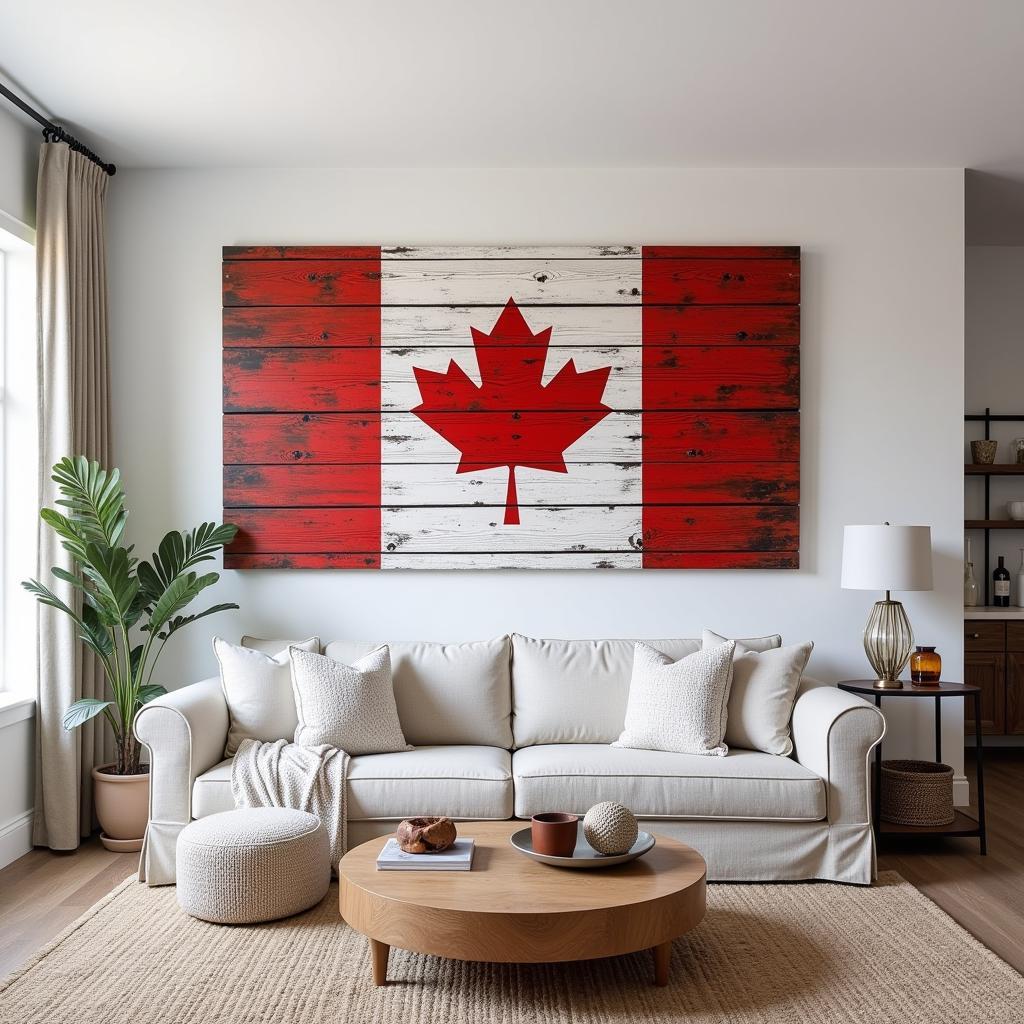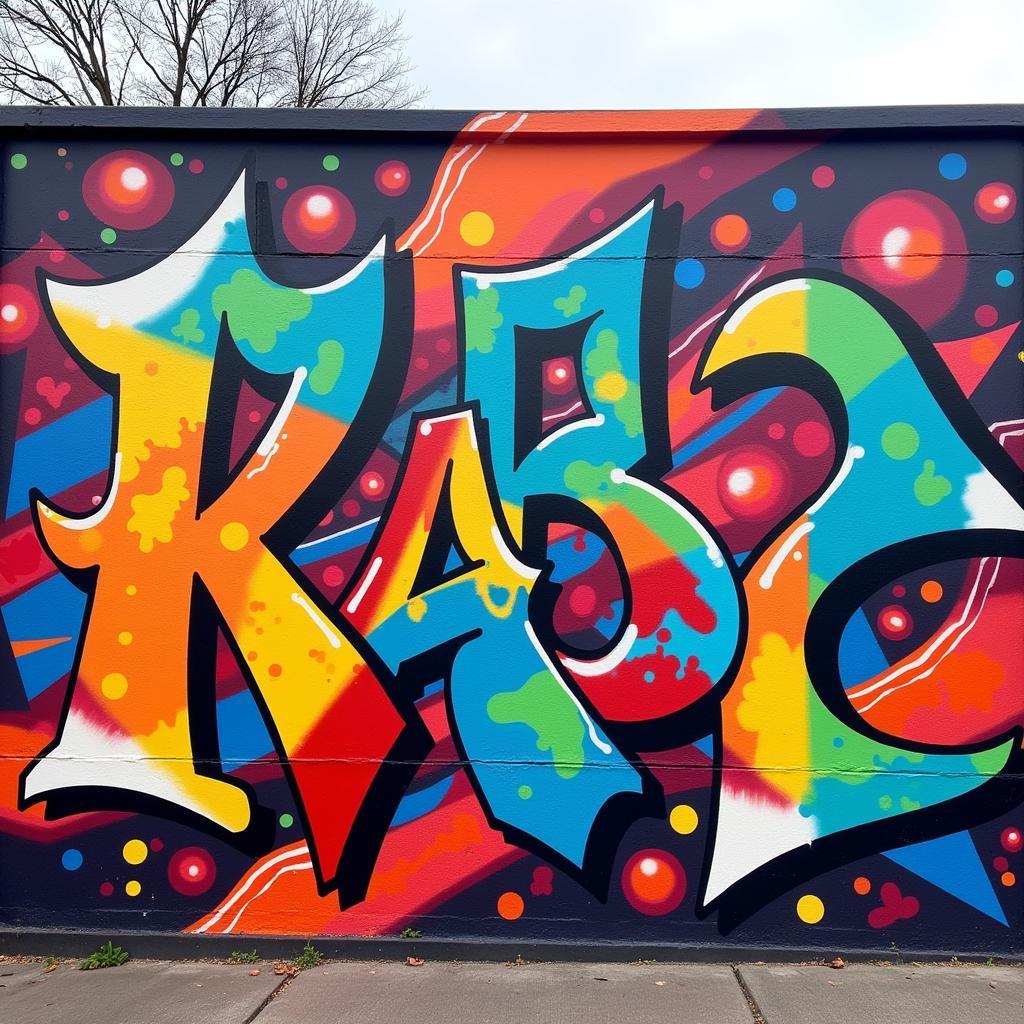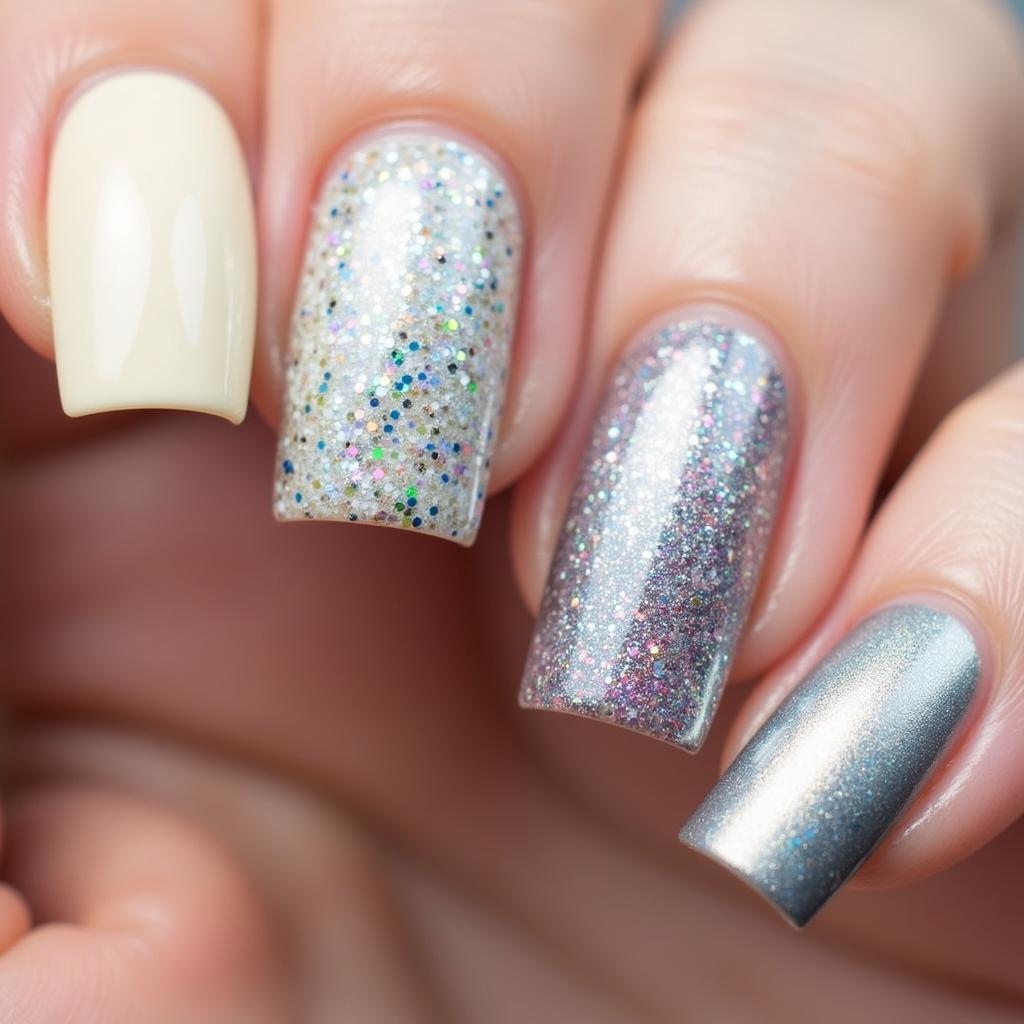Exploring the Canvas of Identity: American Body Art
American Body Art is a vibrant tapestry woven from diverse traditions, personal expressions, and evolving artistic techniques. From the ancient practices of Indigenous peoples to the modern explosion of tattooing and piercing, body art in America reflects a complex and fascinating narrative of cultural identity, individual expression, and artistic innovation.
A Historical Journey Through American Body Art
Body art in America predates European colonization. For Indigenous communities, body painting, tattooing, and scarification held deep cultural and spiritual significance, serving as markers of tribal affiliation, status, and personal narratives. These traditions, often passed down through generations, connected individuals to their ancestors and embodied a profound respect for nature and the spiritual world. The arrival of European settlers brought new forms of body art, including decorative tattooing among sailors and soldiers. Over time, these practices intertwined and evolved, shaping the landscape of American body art as we know it today.
As tattooing gained popularity in the 20th century, it transitioned from a subcultural marker to a mainstream form of self-expression. What was once associated with sailors and marginalized groups became increasingly embraced by diverse communities. This shift spurred artistic innovation, leading to the development of new styles, techniques, and technologies.
What are the most popular forms of American body art?
From traditional tattoo styles rooted in American history to the cutting edge of body modification, the spectrum of American body art is vast and constantly evolving. Tattooing remains a dominant force, encompassing a diverse range of styles, from the bold lines and vibrant colors of traditional American tattoos to the intricate detail of realism and the delicate beauty of watercolor tattoos. Piercing, another popular form, has also seen a surge in creativity, with new placements and jewelry designs pushing the boundaries of personal expression. Beyond these established forms, body painting, scarification, and other forms of body modification continue to find their place within the broader context of American body art.
How has technology impacted American body art?
Technological advancements have revolutionized the world of American body art. From the development of safer and more efficient tattoo machines to the introduction of new pigments and sterilization techniques, technology has enhanced both the artistic possibilities and the safety of body art practices. Digital tools now allow artists to create intricate designs and visualize placements before the needle touches the skin. Moreover, the internet has fostered a global community of artists and enthusiasts, facilitating the exchange of ideas and inspiration across geographical boundaries.
The Cultural Significance of American Body Art
American body art is more than just aesthetics; it’s a powerful form of communication and self-expression. Tattoos and piercings can tell stories, commemorate loved ones, express beliefs, and celebrate individuality. For many, body art is a way to reclaim their bodies, challenge societal norms, and express their unique identities. This form of self-expression can be deeply personal and empowering, allowing individuals to visually represent their inner selves and connect with others who share similar values or experiences.  Body Art as Self-Expression: Stories Told Through Ink and Piercings As Alex Ross, a renowned tattoo artist, states: “Body art is a living canvas, a testament to the individual’s journey and a reflection of their inner world.” The growing acceptance of body art in mainstream society has further solidified its role as a legitimate form of artistic expression.
Body Art as Self-Expression: Stories Told Through Ink and Piercings As Alex Ross, a renowned tattoo artist, states: “Body art is a living canvas, a testament to the individual’s journey and a reflection of their inner world.” The growing acceptance of body art in mainstream society has further solidified its role as a legitimate form of artistic expression.
Conclusion: Embracing the Evolution of American Body Art
American body art continues to evolve, reflecting the ever-changing landscape of culture, identity, and artistic innovation. From its ancient roots to its modern manifestations, body art in America remains a powerful form of self-expression, storytelling, and cultural identity. By embracing the rich history and diverse expressions of American body art, we can gain a deeper understanding of the human desire to adorn, transform, and celebrate the canvas of the body. Visit native art orca to discover more examples. The evolution of american body art is truly a captivating journey of self-discovery and artistic expression.
FAQ
- What are the legal regulations surrounding body art in the US?
- How do I choose a reputable body art studio?
- What is the aftercare process for tattoos and piercings?
- Are there any health risks associated with body art?
- How can I remove or cover up a tattoo?
- What are some common misconceptions about body art?
- What are the cultural origins of different body art practices?
Common Scenarios and Questions:
- Scenario: I want a tattoo but I’m afraid of the pain. Question: How painful is getting a tattoo, and are there any pain management techniques?
- Scenario: I’m unsure about what design to get. Question: How can I find inspiration for my tattoo design, and what should I discuss with my artist?
- Scenario: I’m worried about the long-term effects of a piercing. Question: What are the potential long-term effects of piercings, and how can I minimize risks?
Further Exploration:
Explore more about the fascinating world of art: animal symbolism in art, chris stapleton art, alex ross dynamite art, and arte de el salvador.
Contact Us
Need assistance? Contact us 24/7: Phone: 02462573573, Email: danteum@gmail.com, or visit us at Savico Megamall, 7-9 Đ. Nguyễn Văn Linh, Gia Thụy, Long Biên, Hà Nội 10000, Việt Nam.



